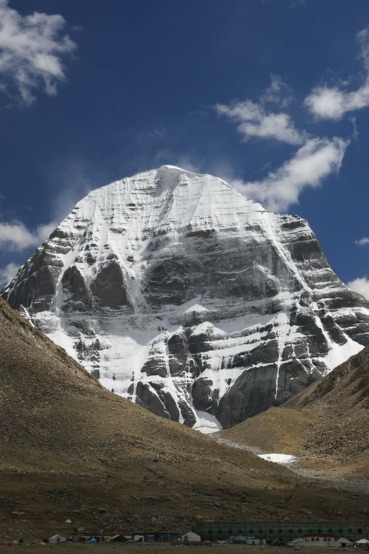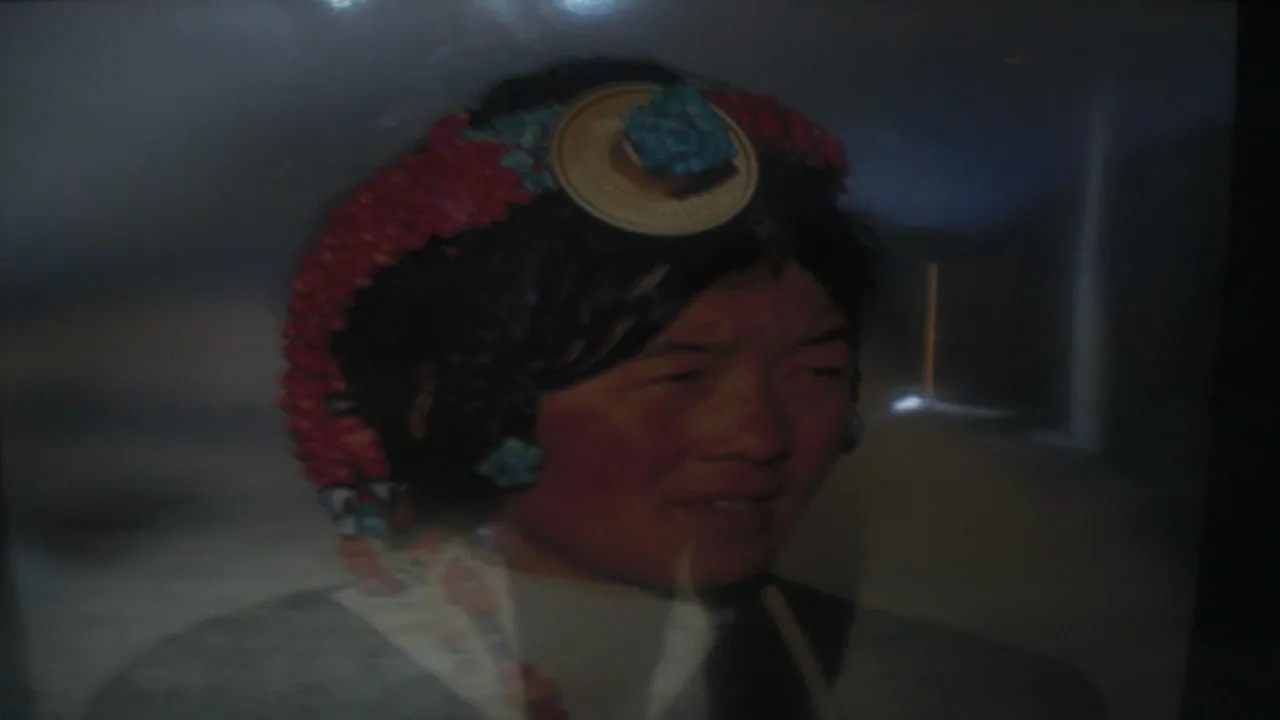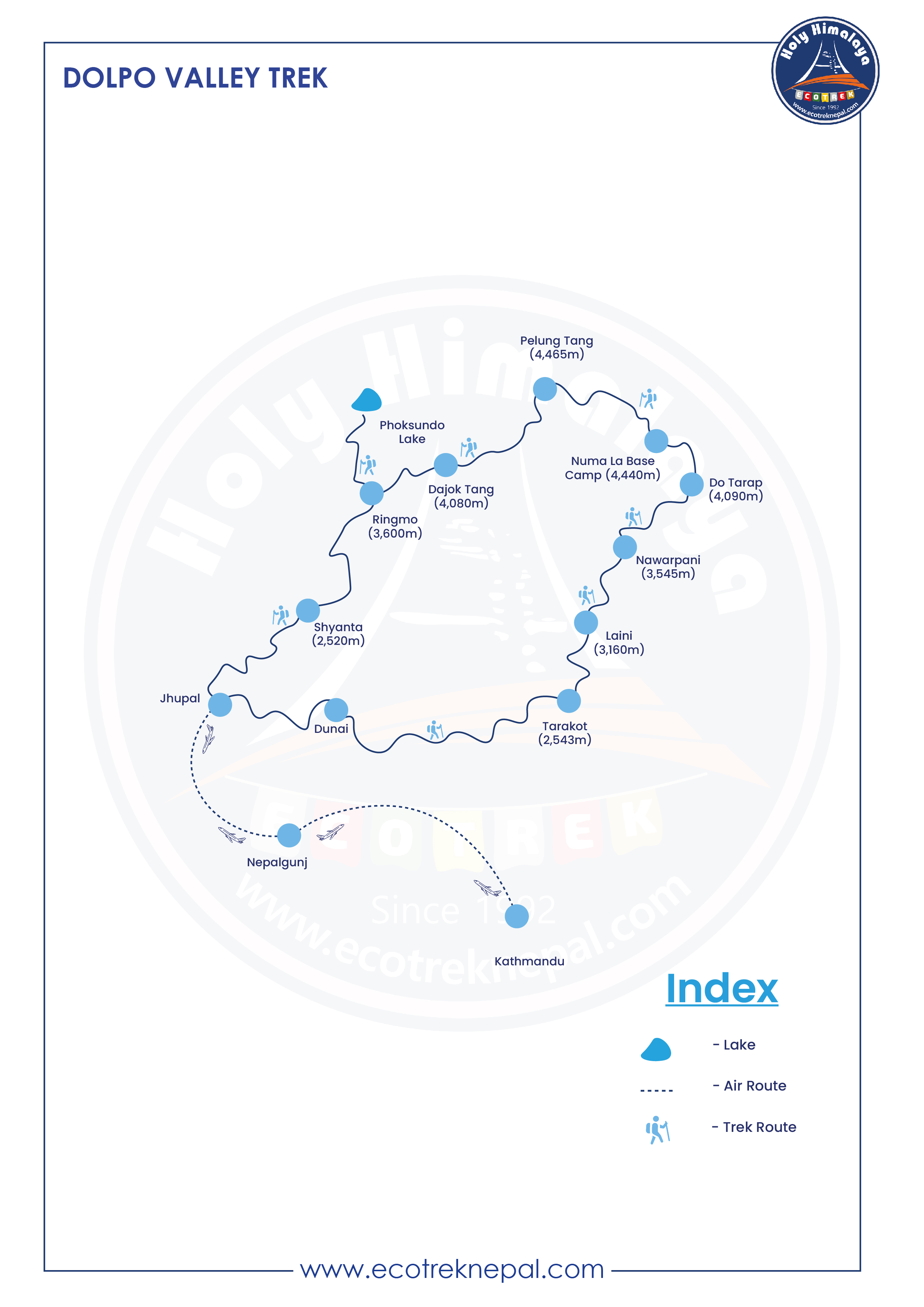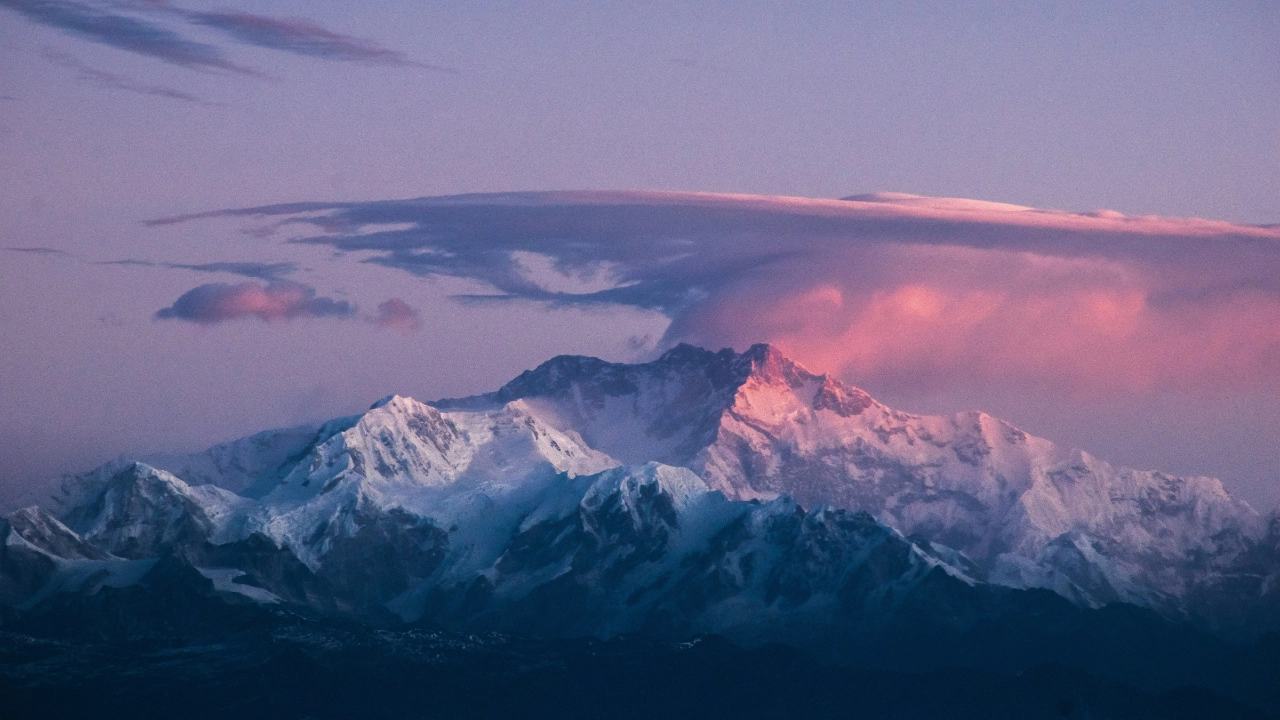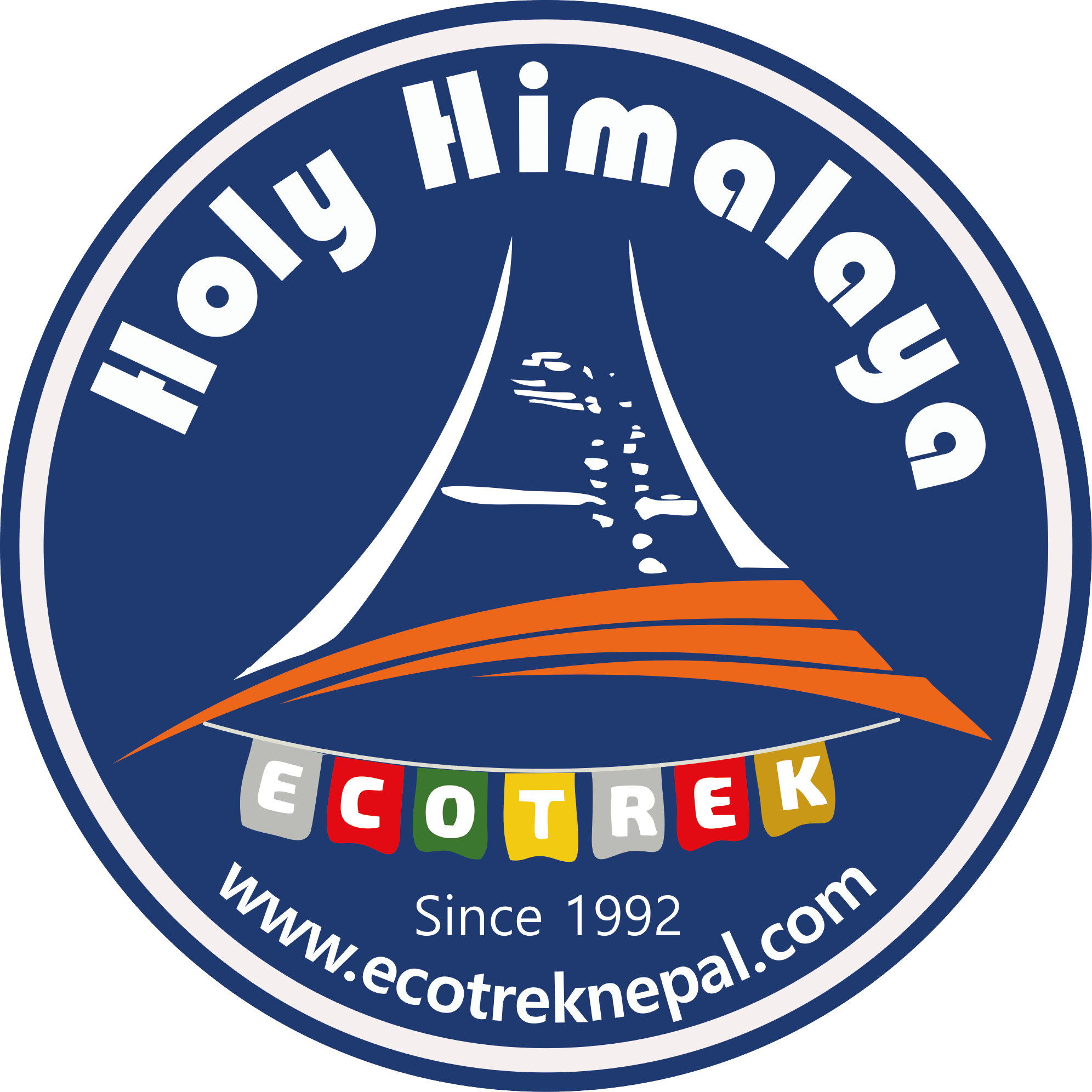
Dolpo Valley Trek (Phoksundo Lake Trek)
Tour snapshot
21 Days
2 persons
Nepal
Trekking in Nepal
Overview
The unique and fascinating high-altitude region of Dolpo is located in the lap of the Tibetan Plateau and the Dhaulagiri region in the north-west of Nepal. The remote village, historic monasteries, and vibrant culture make it a truly enchanting destination. The mesmerizing view of snow-capped peaks and the crystal-clear water are breathtaking attractions of the Dolpo region.
The landscapes of Dolpo are diverse. Some of the spectacular and stunning places like Shey-Phoksundo National Park, the pristine Shey-Phoksundo Lake, Saldang Village, Dho Tarap Valley, Shey Gompa, and Ringmo are the major attractions of Dolpo.
The magical region of the frozen desert is home to many locals. People here are mostly Tibetan followers, and some practice the Bon religion as well.
While on the trail, you will encounter some of the majestic snow peaks like Mt. Dhaulagiri 2 (7751 m), Mt. Dhaulagiri 3 (7715 m), Mt. Chuureni (7386), Putha Hiuchuli (7246 m), Guraj Himal (7193 m), etc.
Shey-Phoksundo National Park is situated at an elevation of 3612 m and covers 3555 sq. km. The place provides habitat for diverse flora and fauna. You must obtain a permit to enter the protected areas. Shey-Phoksundo Lake is one of the deepest lakes in Nepal and holds deep cultural significance.
Highlights
- Experiencing the unique and traditional culture of the Dolpali people and the Bon religion.
- Explore the untouched, beautiful, and remote area of Nepal influenced by Tibetan culture.
- Experience the beauty and turquoise water of Shey-Phoksundo Lake.
- Get to know about the diverse range of wildlife at Shey-Phoksundo National Park.
- The trail takes you through lush forest and breathtaking views of snow-capped peaks.
- One of the most challenging and demanding treks requires physical and mental endurance.
- It takes you through a diverse range of landscapes and crosses several high-altitude passes.
Itinerary



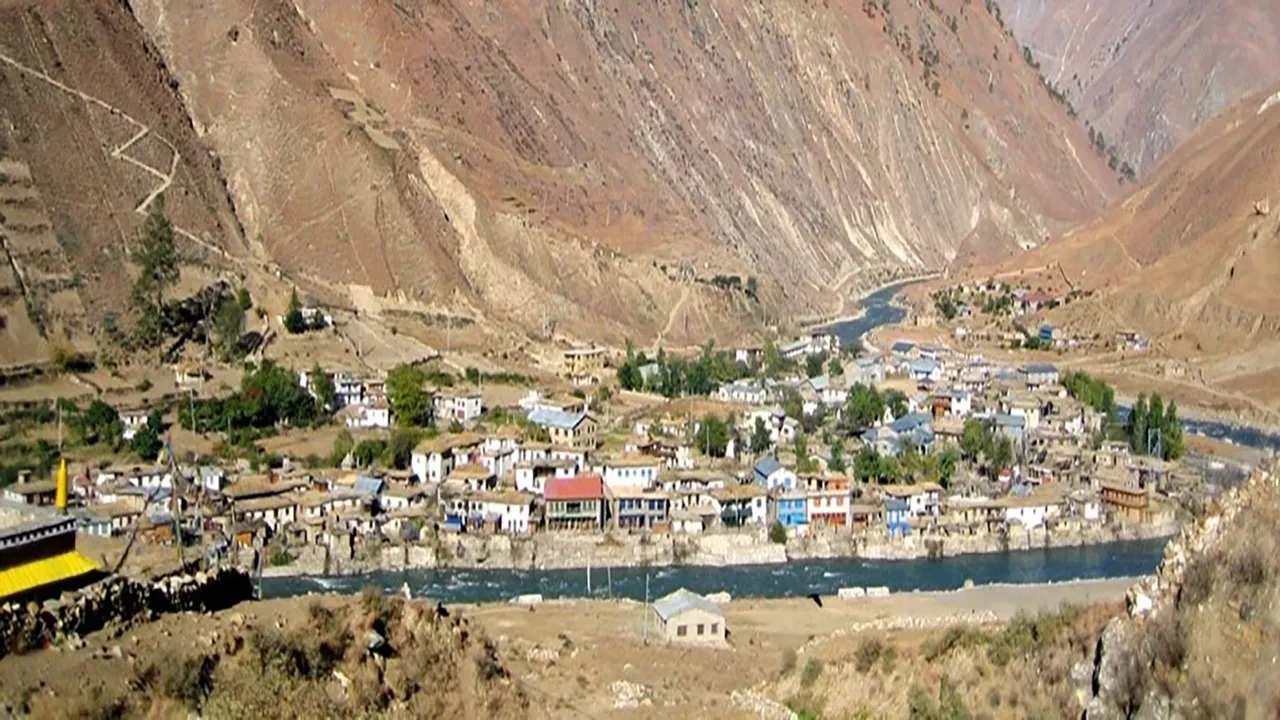
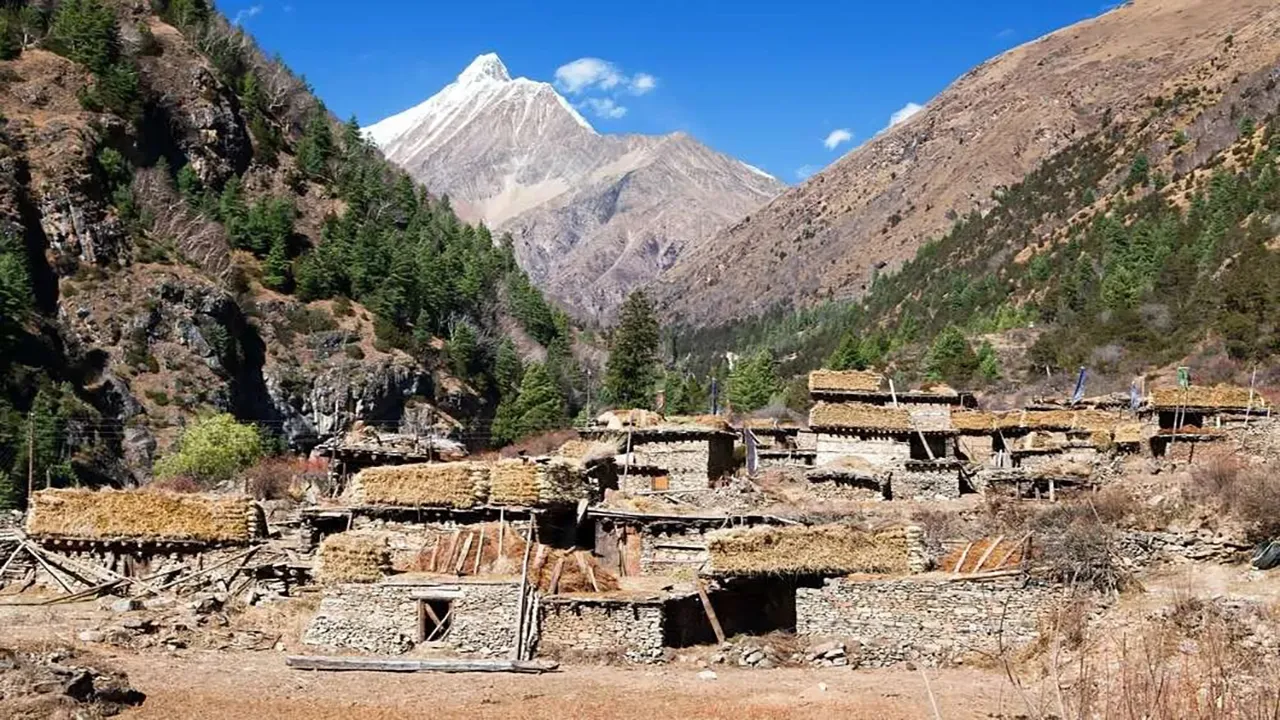











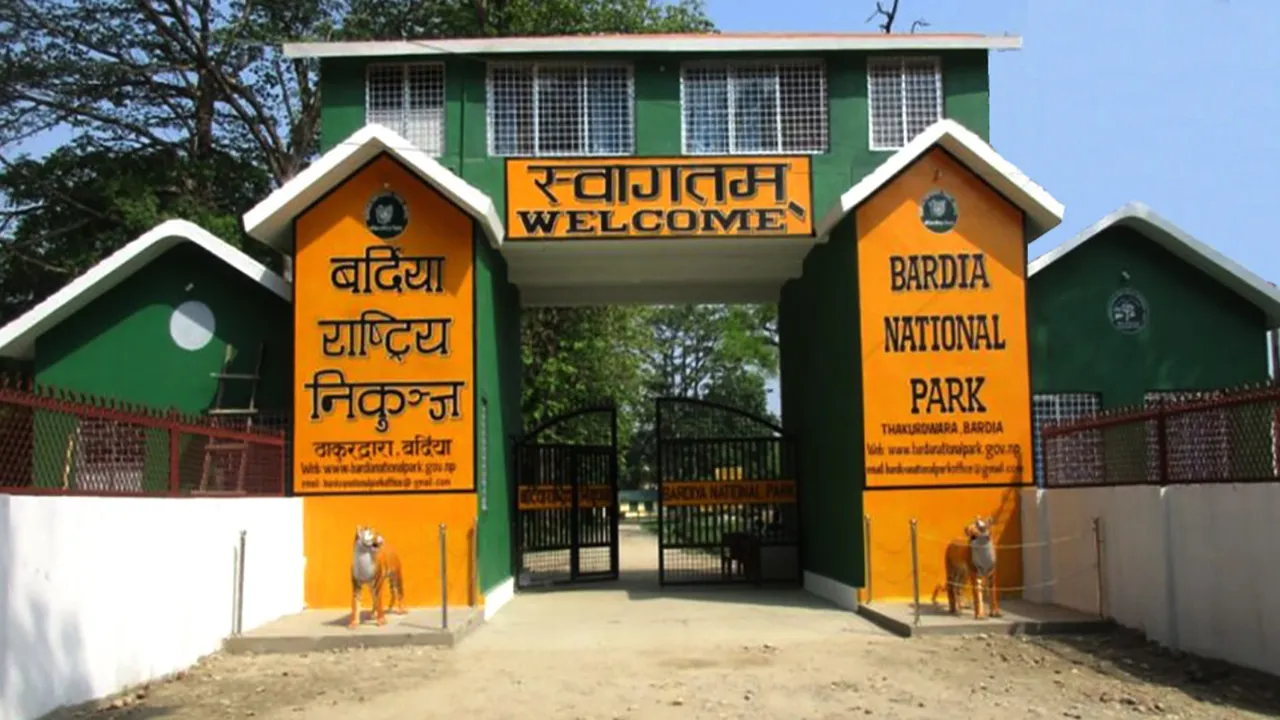
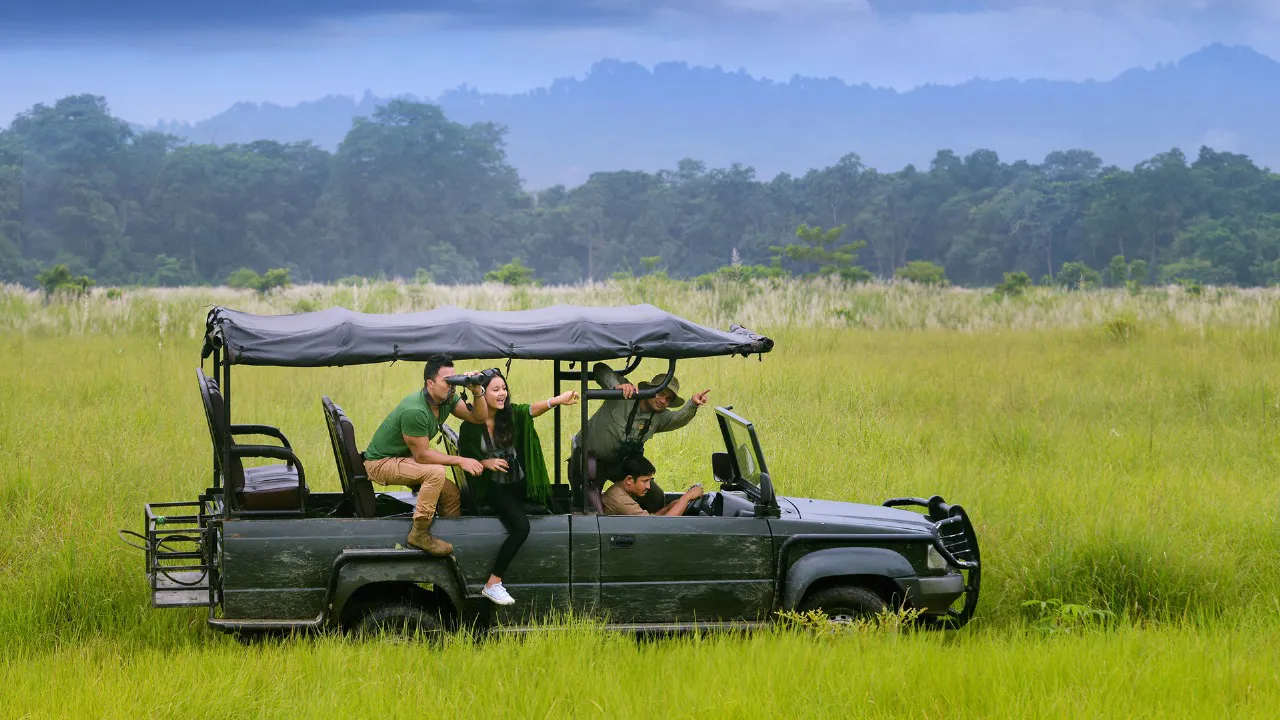



Included/Excluded
Service Fee Only, Explore Nepal Fully!
Select Dates
{{type.name}}
{{type.display_price}} per person
Guests
Extra prices:
- {{total_price_html}}
- {{pay_now_price_html}}
FAQs about Dolpo Valley Trek (Phoksundo Lake Trek)

During the months of March to May (the spring season), it is an excellent time to do a trek in Dolpo, as the trail is comparatively clear with blooming flowers and green forest. The season is perfect, as it offers breathtaking mountain views and landscapes.

During the months of March to May (the spring season), it is an excellent time to do a trek in Dolpo, as the trail is comparatively clear with blooming flowers and green forest. The season is perfect, as it offers breathtaking mountain views and landscapes.

The remoteness and low infrastructure in the upper parts of the Dolpo region may not fulfill your requirements for food and meals, but you can always get healthy and fulfilling meals throughout the trek. You can arrange packed food items that are easy and convenient to carry with you, such as dried fruits, energy bars, juices, etc. While on the trail, some of the tea houses offer foods like dal bhat (lentil soup and boiled rice) and vegetables.

You can’t find luxurious hotels and resorts while trekking in the Dolpo region. The primary accommodation options for the place are tea houses and camping. Tea houses are basic lodges that offer you simple meals and rooms. The rooms are shared and provide basic facilities like a pillow, mattress, and blanket.

Normally, while trekking in the Upper Dolpo region, altitude sickness, also known as acute mountain sickness (AMS), is a common concern among travelers. As the region is at an elevation of 4,530 m to 5,115 m, it is possible to get AMS. Some symptoms of AMS are nausea, headaches, dizziness, and shortness of breath. Some tips to prevent and manage altitude sickness are as follows: • Gradual ascent • Proper nutrition • Descend • Hydration • medication

As the Dolpo region is a remote area, it may not provide you with all the facilities like electricity, a network, and WiFi at all the places. Some tea houses have charging facilities for which you need to pay extra. Having a power bank is a better option for charging your device.

To take a shower in the trail of Dolpo, you need to pay a certain amount of money for a bucket of hot water in the tea house where you are staying. It depends if they are offering it or not. It is not recommended to take a shower with cold water, as it can cause a cold and other health problems.

